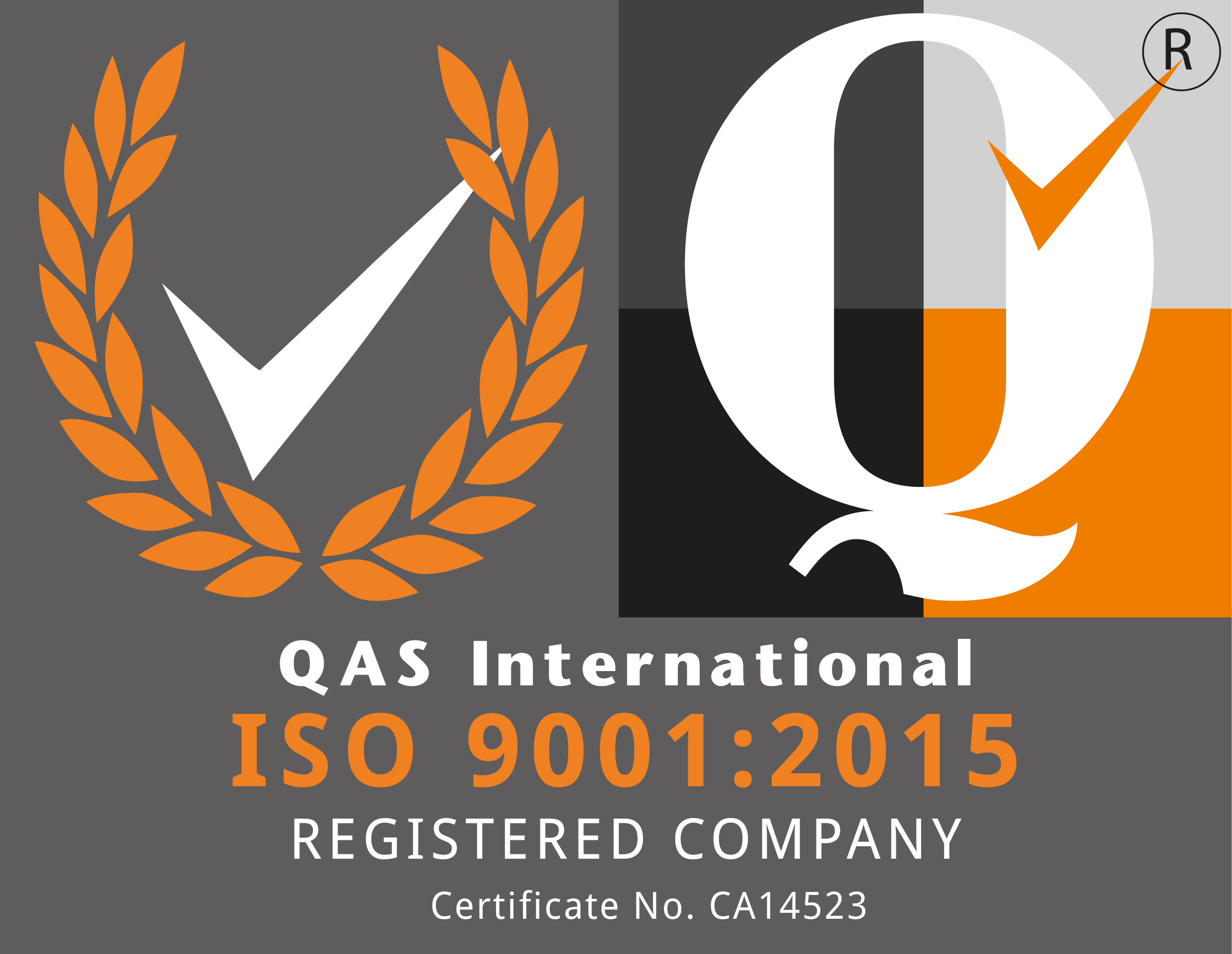In the UK food sector, labels have to work hard – they need to comply with stringent food labelling regulations while enticing hungry customers, too!
Food labels are a legal requirement and are crucial for many reasons; not only do they help shoppers make informed choices about the food they buy, it helps them understand how to store it, when to eat it, and, most importantly, to know exactly what they are consuming.
The law is detailed, and failing to comply could land your business in trouble – so let’s take a look at some of the key aspects now.
1. Clarity and accuracy
Your food labels have to be clear, easy to read and understand, permanent, and not misleading.
The minimum font size for mandatory information is 1.2mm (lower if the packaging surface area is small).
So quality – in terms of graphic design, materials, and printing techniques – is paramount, whether you choose embossed labels, swing tags or even NFC-enabled labels to showcase your product in the best possible light.
2. Ingredients
For most food products, you need to include a list of all ingredients. There are exceptions, e.g. if there’s only one ingredient and it is also the name of the item (like eggs).
You might also need to include a quantitative ingredients declaration (Quid), e.g. where an ingredient is in the name of the food, like ‘apple pie’; or where it’s emphasised on your packaging, such as a picture of juicy apples.
3. Food compositional standards
There are also ‘reserved descriptions’ for certain foodstuffs to ensure a high quality: for example, a ‘beef burger’ must contain at least 62% beef, while an ‘economy beef burger’ can contain 47% beef.
These standards apply to bottled water, bread and flour, cocoa and chocolate products, jams and honeys, and fish, among other products.
4. Allergens and warnings
If your product contains one of the 14 allergens (including cereals containing gluten, milk, and peanuts), you need to emphasise this on the label. You could choose a different font, style, background colour, or bold text – need help? Our graphic designers can help you choose.
You also need to include a warning if your product contains certain ingredients, e.g. caffeine, sweeteners, and certain E numbers.
5. Storage, usage and cooking instructions
If there are any special instructions for how to prepare or store the food, you must include these on the label.
‘Use-by’ or ‘best before’ dates must be displayed too.
6. Nutritional and health claims
You also need to supply nutrition information, unless you’re a small company supplying direct to consumers or local retailers. There’s a specific format to this.
Make sure you follow legislation concerning nutritional claims (e.g. learn what it means to call your product ‘low fat’) and be careful when making health claims such as ‘builds strong bones’. Never claim a food can cure, treat or prevent a medical condition.
The legislation is detailed but, for example, front of pack nutrition information must be in one of the following formats:
- Energy value (kJ and kcal) alone
- Energy value (kJ and kcal) plus amounts (in grams) of fat, saturates, sugars and salt
Take a look at the labels we designed for Livia’s. They not only contain all the info that health-conscious customers need, but are bold and colourful in their design so have huge shelf appeal.
Not sure where to start? Don’t worry, get in touch with our specialists at Premier Labels - we’re on hand to talk through your unique labelling needs.
7. Country or place of origin
Your label must include the country or place of origin for certain foods, including: beef and other meats; fish and shellfish; fruit and vegetables; and wine.
Current food labelling regulations are changing on 30 September 2022 due to Brexit. Maybe this is the time to revamp your labels, or even go for a total rebrand?
8. Organic foods
You can label your food ‘organic’ if at least 95% of the ingredients are organic, and all other ingredients or additives are permitted within the organic regulations. They must be certified by one of the UK’s official organic control bodies, whose code number must appear on your label.
If your product is less than 95% organic, you can include the word only in the list of ingredients or accompanying documentation, but not in the name or description.
Calling your product ‘organic’ when it hasn’t been officially certified as such is breaking organic food labelling regulations.
9. Other essential info
Finally, you need to find space for information about the net quantity of the product, and the address of the manufacturer or importer.
There really is a lot of info to fit onto one label!
Contact Premier Labels today
So how can your packaging meet these strict food labelling regulations while still setting your customers’ taste buds tingling? It’s all down to creative graphic design, industry know-how, and advanced printing technology.
At Premier Labels, we love working with mouth-watering food & drink brands. Contact us today about our specialist graphic design and label printing services.




.png)




